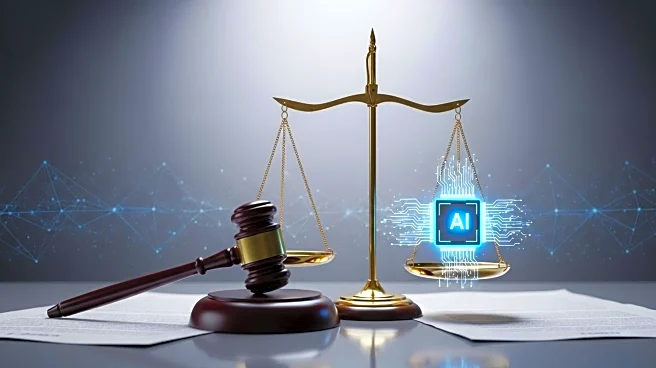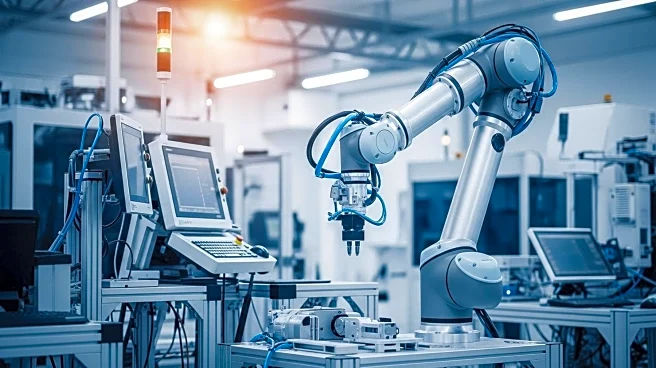What is the story about?
What's Happening?
Artificial intelligence is being increasingly utilized by companies to address the issue of burnout among employees. Burnout, recognized by the World Health Organization as an occupational phenomenon, is a significant concern for businesses, costing U.S. companies between $4,000 and $21,000 per employee annually. To mitigate this, companies are adopting AI tools like ChatGPT and Copilot to automate repetitive tasks, summarize information, and assist with content creation and project management. A global study by the University of Melbourne and KPMG International found that 58% of employees intentionally use AI at work, with one-third using it weekly or daily. Despite these efforts, many workers still spend a significant portion of their workweek on tasks that AI could handle, according to a survey by GoTo and Workplace Intelligence.
Why It's Important?
The integration of AI tools in the workplace has the potential to significantly reduce burnout, which is a costly issue for companies. By automating routine tasks, AI can help employees focus on more meaningful work, potentially increasing productivity and job satisfaction. This shift could lead to better mental health outcomes for employees and improved business performance. However, there is a concern that AI might also contribute to burnout by increasing the workload, as employees may feel compelled to take on more tasks. The balance between leveraging AI for efficiency and preventing additional stress is crucial for companies aiming to support their workforce effectively.
What's Next?
Companies are likely to continue exploring AI solutions to manage employee burnout, with a focus on integrating these tools into daily operations. As AI systems become more sophisticated, they may offer personalized interventions, such as suggesting breaks or rebalancing workloads, to further support employee well-being. Organizations may also invest in training programs to help employees adapt to AI-enhanced workflows, ensuring that the technology serves as a supportive tool rather than a source of additional pressure.
Beyond the Headlines
The use of AI in combating burnout raises ethical considerations regarding employee privacy and the potential for surveillance. As AI systems monitor employee engagement and workload, companies must navigate the fine line between supportive interventions and intrusive oversight. Additionally, the long-term impact of AI on job roles and employment patterns remains uncertain, with potential shifts in skill requirements and job availability.
AI Generated Content
Do you find this article useful?













